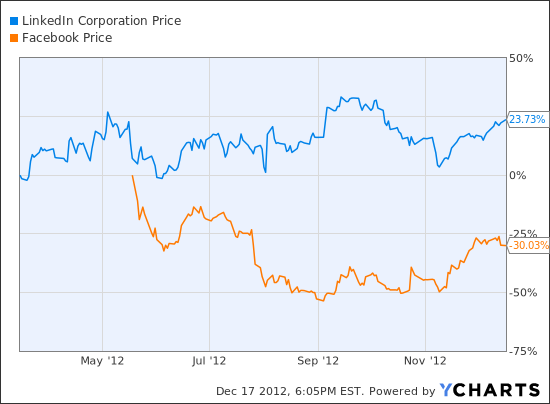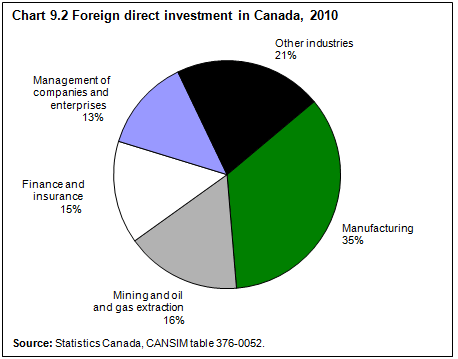Data Mining For Investors
Post on: 27 Апрель, 2015 No Comment

Any financial educator will tell you about the importance of the informed investor. Investors need to understand the different characteristics of their stocks and bonds, as well as the companies that issue them. One thing that seems to be neglected, however, is where to get the data to do your research. After all, what good is it to understand how to evaluate a company’s earnings if we can’t find out what the company’s earnings actually are?
Corporate Filings
Probably the most useful sources of information, corporate filings provide investors with information detailing companies’ financial health, future prospects and past performance. This is the kind of information you need to judge whether certain stocks, bonds or mutual funds are smart investments. For mutual funds. these filings will tell you the fund’s level of returns for the past quarter, the fund’s expense fees and its portfolio holdings. For the companies that you need to research when buying stocks and bonds, these filings go through the company’s balance sheet. detailing financial health and future outlook.
Careful analysis will help you see how and where the company is spending most of its money, how efficient its management is in creating profits and how positive the company’s future outlook is. Although many of these reports aren’t the most interesting to read, and are sometimes difficult to understand, they do offer a wealth of information that all different investors can use. (For information on analyzing companies, see the Fundamental Analysis and Ratio Analysis tutorials.)

Note that according to SEC regulations, a company that has more than $10 million dollars in assets and 500 shareholders or is listed on an American exchange such as the Nasdaq and NYSE must file official documents for public viewing. These regulations, however, do not apply to all companies, so the smaller the company, the more difficult it will be to track down good information about it. Some small companies chose to fill out the filings required of larger companies, but others do not.
An acronym for the Electronic Data Gathering, Analysis and Retrieval system, this service automatically collects and forwards regulatory filings submitted by different companies. The most important regulatory filing the SEC requires of listed companies is the annual 10-K form, which outlines the company’s performance for the past year. The 10-k must adhere to SEC standards, and it is typically more comprehensive then the company’s annual report. For mutual funds, EDGAR also provides all prospectuses online, so you can find the specific holdings of the fund’s portfolio, the maximum expense ratio that the fund can charge, and even the kind of compensation the fund management receives. (Learn more in SEC Filings: Forms You Need To Know .)
www.sec.gov/edgar.shtml. but unfortunately EDGAR is not user-friendly. It’s difficult to find information, and when you do it’s in plain text format. The info is all there, but you really have to dig to get anything of value. Fortunately, there are other sites that provide a better way of accessing EDGAR data, but the downside is that they typically charge a subscription.














